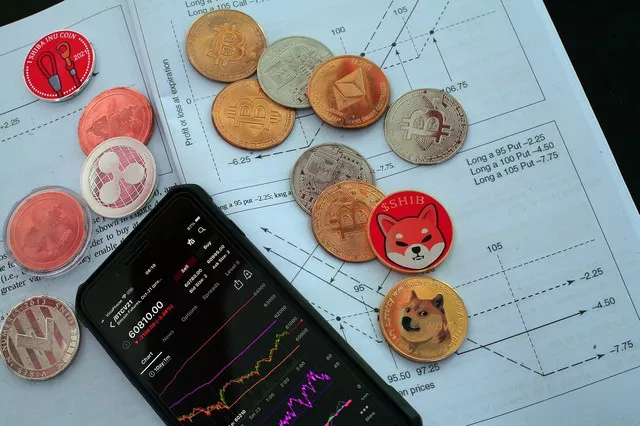In the dynamic world of financial markets, future trading days play a pivotal role in shaping investment strategies, risk management, and market analysis. As traders and investors traverse the global landscape of futures trading, they often find themselves pondering a fundamental question: How many future trading days are there in a year?
Understanding Future Trading Days
Before delving into the number of future trading days in a year, it’s essential to grasp the concept of future trading days. These are the days when futures contracts are actively traded on exchanges. A futures contract is a standardized agreement to buy or sell an asset at a predetermined price on a specified future date. These contracts enable participants to speculate on price movements, hedge risks, and diversify their investment portfolios.
Calculating Future Trading Days
The number of future trading days in a year depends on several factors:
1. Trading Calendar: Different exchanges have distinct trading calendars that outline the days when trading occurs. These calendars often exclude weekends and holidays.
2. Market Holidays: Trading does not occur on market holidays. These holidays may vary from one exchange to another and are influenced by local customs, national observances, and regional regulations.
3. Trading Hours: Some exchanges offer extended trading hours, allowing for additional trading sessions beyond the regular trading day. These extended hours contribute to the total number of trading days.
4. Regional Variations: Trading calendars may differ by region and country due to differences in time zones, cultural practices, and local regulations.
5. Special Circumstances: In exceptional situations, such as extreme market volatility or unprecedented events, exchanges may suspend trading for short periods.
Major Global Futures Exchanges
To provide a comprehensive understanding, let’s consider the trading days of some major global futures exchanges:
1. Chicago Mercantile Exchange (CME): The CME is one of the largest and most well-known futures exchanges. It typically operates on weekdays, excluding recognized holidays. While it offers extended trading hours, the total number of future trading days in a year is influenced by its holiday schedule.
2. Eurex Exchange: Eurex, based in Europe, offers a range of futures and options contracts. Its trading days align with European business days, excluding weekends and holidays observed in the European Union.
3. Tokyo Commodity Exchange (TOCOM): TOCOM, located in Japan, follows the Japanese business calendar. As such, its trading days take into account Japanese holidays and weekends.
4. Multi Commodity Exchange (MCX): MCX, operating in India, adheres to the Indian financial market calendar, which includes Indian holidays and trading hours suited to the country’s time zone.
Importance of Future Trading Days
Understanding the number of future trading days in a year holds significance for various stakeholders:
1. Traders and Investors: Traders and investors rely on the trading calendar to plan their strategies, execute trades, and manage risks. The availability of trading days impacts their ability to enter and exit positions.
2. Risk Management: The trading calendar influences risk management strategies, as participants need to consider the availability of trading days for adjusting positions and reacting to market events.
3. Market Analysis: Analysts and researchers factor in the number of trading days to analyze price trends, volatility patterns, and market dynamics. This information aids in making informed predictions and assessments.
4. Regulatory Compliance: Financial institutions and market participants must adhere to exchange rules and regulations, which include compliance with trading days and market holidays.
5. Cross-Border Trading: For international traders and investors, understanding the trading days of different exchanges is essential when engaging in cross-border trading and managing portfolios in multiple markets.
Conclusion
The number of future trading days in a year is a crucial aspect of the global financial landscape. It dictates the rhythm of market activity, influences trading strategies, and shapes investment decisions. As traders and investors navigate the complexities of the futures market, they rely on accurate trading calendars to optimize their positions and capitalize on market opportunities. While the number of trading days varies by exchange, region, and market, the common thread that unites participants is the shared commitment to leveraging trading days for strategic decision-making, risk management, and achieving financial goals in the ever-evolving world of futures trading.

